For its 12th edition, Sicilia en Primeur, in Taormina, Sicily, previews the latest vintages of Sicilian wine, with nearly 300 different tastings offered, and proves that it's the Italian region with the largest number of hectares of vineyards farmed organically.
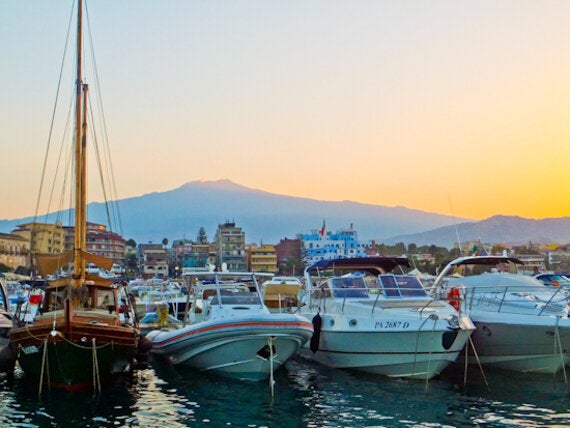
I first visited Sicily over 25 years ago but I don't remember anything distinctive about Sicilian wines and indeed thought they were rather a poor lot. In those days, there was a huge trade in bulk wine or grapes which were used to make large volume, high alcohol wines for other regions, notably the North of Italy. It was cheap stuff and not very good. Fortunately in 1998 three of Sicily's leading winemakers got together and formed Assovini Sicilia - their aim was to take total control of the wine production process, from vine to bottle, increase the quality and market it abroad. Nowadays the association numbers 70 members and exports represents almost 60% of sales, so they obviously did something right.

Their strategy was first to attract foreign interest by concentrating on international grape varieties like cabernet sauvignon and chardonnay and showing they could make high quality wines. Once they'd proved their point they began to concentrate on indigenous varieties and nowadays, on average, producers grow and make wine from nine different cultivars. Sicily is really a wine producing continent, whether it's cultivating vines under the hot wind of Africa in Pantelleria, or in the mountain climate of the snow covered slopes of Etna. It's the only region in Italy where the harvest lasts from July to the last days of October, a whole four months.
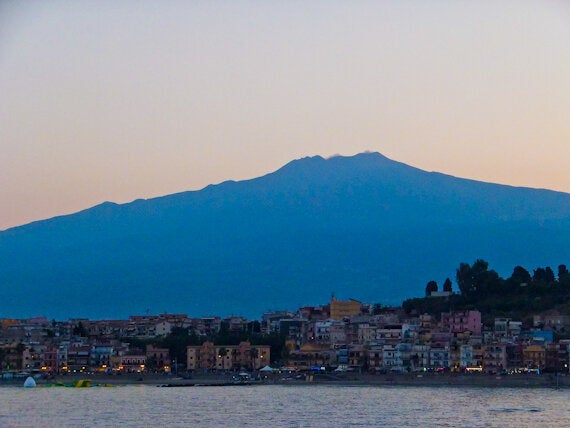
This climate favours greener cultivation practices and Sicily is the Italian region with the largest numbers of hectares of vineyards farmed organically and a leader in the use of integrated and guided pest control, over 80% of total vine area. Wine making here began with the Ancient Greeks and today the focus is on promoting local varieties with considerable effort to recuperate the ancient grapes such as Perricone, Nocera, Inzolia Nera and Zibibbo Nero.
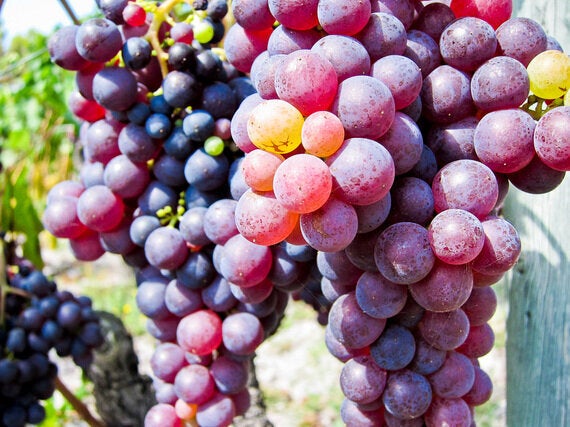
Nowhere is this more evident than on the island of Pantelleria where just a few months ago, UNESCO awarded the method of growing Zibibbo vines there World Heritage status. I take an early morning flight to this island, halfway between Sicily and Tunisia, to see for myself. My guide is the charming José Rallo of the Donnafugata winery. They've been involved in the wine business since 1859, with vineyards in Marsala and Western Sicily but they only arrived on the island in 1989. The Phoenicians brought grapes here from North Africa and 5000 hectares of vineyards were, until 30 years ago, dedicated solely to table grapes and raisins. The advent of seedless varieties wiped out that trade so her father decided to try and produce naturally sweet wines known as Passito di Pantelleria..
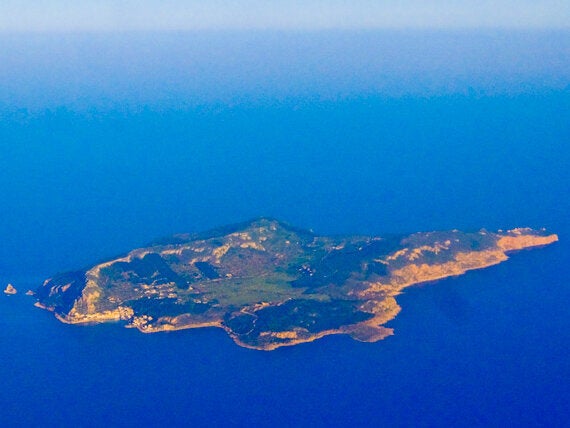
What's immediately striking about Pantelleria are the steep terraces clinging to the craggy hillsides and each vine is cultivated in a hollow dug into the fertile volcanic soil to protect it from the wind, and also better to absorb the night time humidity. Skilful pruning ensures that the plant grows horizontally, with just six branches, forming a small bush and each terrace is protected against erosion by a dry stone wall. The Zibibbo grape is one of the oldest vines in existence and it's also known as Muscat of Alexandria, because it is thought to have come from there.
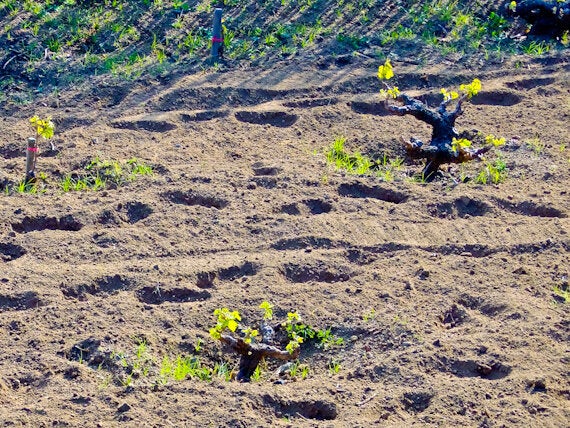
Starting at the end of July, the grapes are harvested by hand and dried in the sun and wind for 20-30 days. They are then de-stemmed by hand, and added to the fresh must in several batches. During maceration, the dried grapes release their extraordinary qualities of persuasive sweetness, freshness and special aroma. The wine then ages in stainless steel vats for at least 7 months, followed by 12 months in bottles. The result is Ben Ryé - the most celebrated Passito di Pantelleria in the world. It's not cheap, as the work required is three times that required for any vine on the mainland, but it certainly tastes like honey in a bottle, perfect as a dessert wine but also good with seafood and blue cheese.
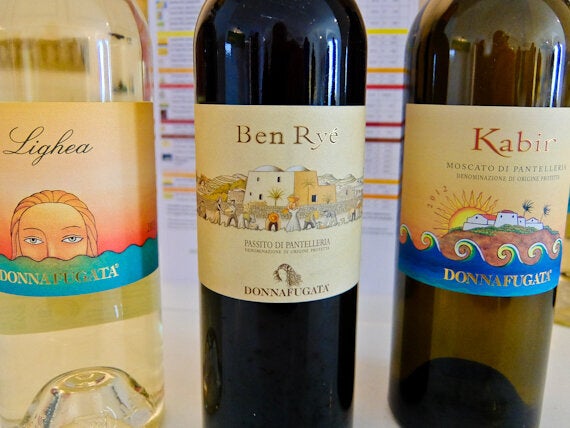
During the course of my trip to Sicily I visit other wineries, explore the vineyards and taste the wines. I also climb Etna, visit the Greek temple of Segesta and mix with the rich and famous in Taormina. In recent years tourism here has been on the increase, and the high quality wines have certainly helped to make the region better known on the world stage. Most wineries offer tastings with almost 70% providing food and 40% offering accommodation. Mixing wine tourism with culture is certainly an attractive option and I haven't even mentioned the food. That's another story, well worth pursuing.
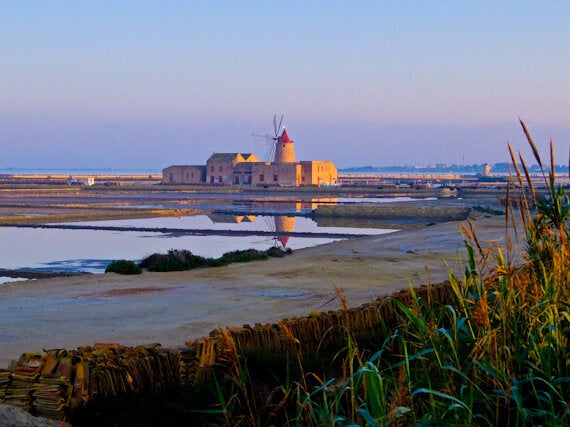
Sicilia has information about the island.
The Italian National Tourist Board has information about the country.
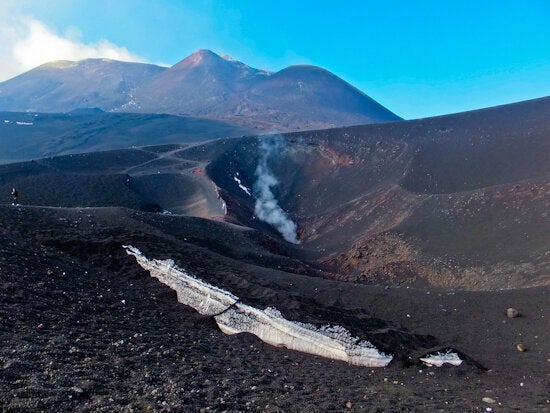
Alitalia flies to Sicily.
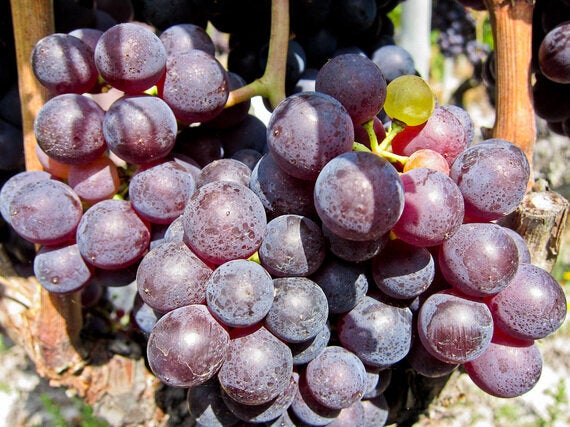
All pictures copyright Rupert Parker.